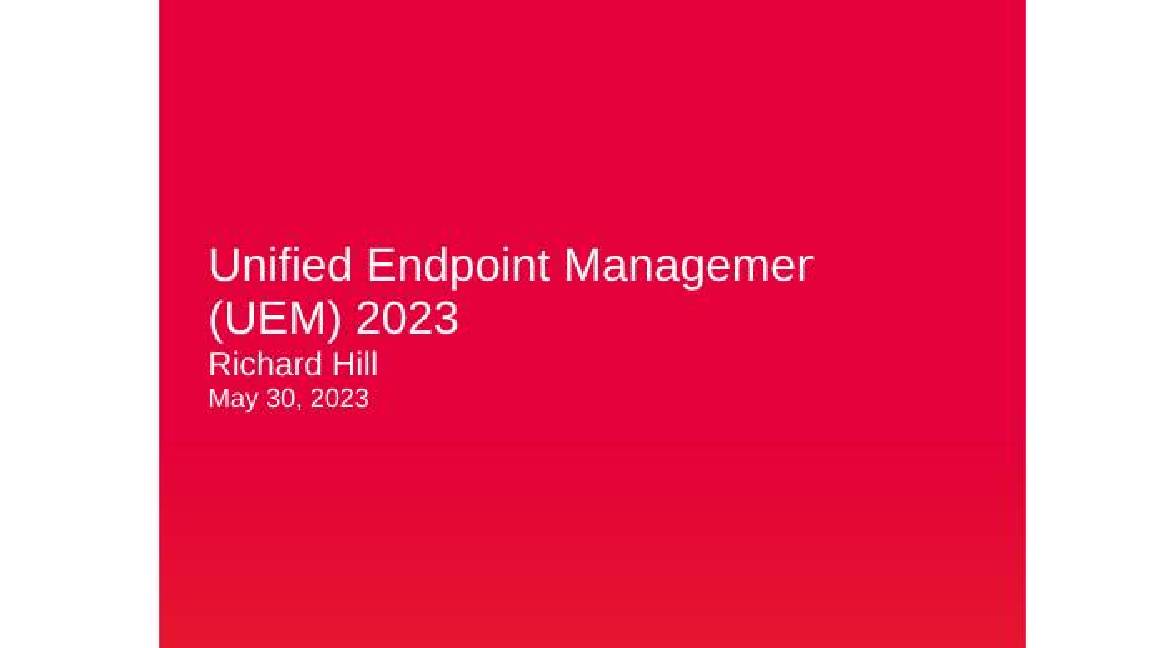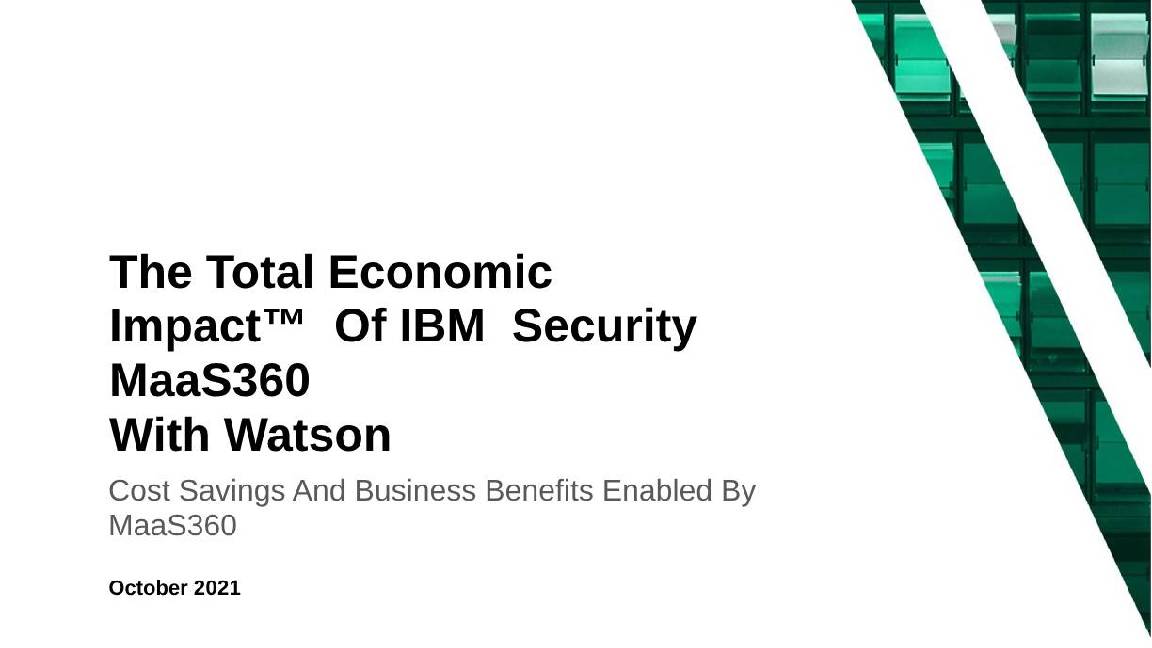GoldBrute botnet targeting Windows RDP systems in brute force hacking spree
More than 1.5 million unique IP addresses have been compromised with the figure only expected to rise


Hackers have deployed a botnet that's actively targeting systems running a remote desktop protocol (RDP) connection using a hard-to-detect brute-forcing mechanism.
A security researcher has discovered that more than 1.5 million RDP endpoints have so far been compromised by a botnet dubbed GoldBrute and that this figure is only expected to rise.
It highlights that brute-forcing still remains a dangerous method of attack, despite recent widespread attention given to the critical Windows Bluekeep vulnerability.
This was revealed last month as a remote desktop service (RDS), remote code execution (RCE) and RDP flaw that could allow attackers to run arbitrary malicious code on older Windows systems.
The brute-forcing botnet, by contrast, has been scouring the web for exposed RDP servers and is taking advantage of inadequate passwords to build a network of hacked endpoints, according to Morphus Labs' chief research officer Renato Marinho.
"RDP, the remote desktop protocol, made the news recently after Microsoft patched a critical remote code execution vulnerability," he said.
"While the reporting around this 'Bluekeep' vulnerability focused on patching vulnerable servers, exposing RDP to the internet has never been a good idea.
Get the ITPro daily newsletter
Sign up today and you will receive a free copy of our Future Focus 2025 report - the leading guidance on AI, cybersecurity and other IT challenges as per 700+ senior executives
"Botnets have been scanning for these servers and are using weak and reused passwords to gain access to them."
A system breached by GoldBrute will first be instructed to download an 80MB-sized ZIP file that contains the malware strain. This programme then scans random IP addresses to find potential hosts with exposed RDP servers that aren't already listed on the main GoldBrute directory of known endpoints.
After finding 80 new endpoints, the malware sends this list of IP addresses to a single remote command and control (C&C) server. The infected system, in turn, receives a list of IP addresses to brute-force.
Crucially, there is only one attempt to crack each IP address listed, with a single username and password combination.
This is a possible strategy, according to Marinho, to "fly under the radar of security tools", because each authentication attempt comes from different addresses. It means GoldBrute's hacking attempts are difficult to detect by a range of security systems deployed by businesses.
The successful username and password combinations are then fed back into the C&C server where the attackers behind GoldBrute will have access to them.
After analysing GoldBrute code and trying to understand its mechanics, Marinho's team received 2.1 million IP addresses, of which 1,596,571 were unique. They then plotted these addresses onto a global map, with South Korea a clear hotspot for attacks, followed by other parts of Asia as well as sites in the US, central Europe, and the UK.
Meanwhile, in light of the Bluekeep threat plaguing legacy Windows systems, the National Cyber Security Centre (NCSC) has reiterated advice to businesses to apply Microsoft's latest security patches as soon as possible.
Organisations should also focus on external-facing RDP services, critical servers such as domain controllers and management servers, as well as non-critical servers but those with RDP enabled.

Keumars Afifi-Sabet is a writer and editor that specialises in public sector, cyber security, and cloud computing. He first joined ITPro as a staff writer in April 2018 and eventually became its Features Editor. Although a regular contributor to other tech sites in the past, these days you will find Keumars on LiveScience, where he runs its Technology section.
-
 Bigger salaries, more burnout: Is the CISO role in crisis?
Bigger salaries, more burnout: Is the CISO role in crisis?In-depth CISOs are more stressed than ever before – but why is this and what can be done?
By Kate O'Flaherty Published
-
 Cheap cyber crime kits can be bought on the dark web for less than $25
Cheap cyber crime kits can be bought on the dark web for less than $25News Research from NordVPN shows phishing kits are now widely available on the dark web and via messaging apps like Telegram, and are often selling for less than $25.
By Emma Woollacott Published
-
 Seized database helps Europol snare botnet customers in ‘Operation Endgame’ follow-up sting
Seized database helps Europol snare botnet customers in ‘Operation Endgame’ follow-up stingNews Europol has detained several people believed to be involved in a botnet operation as part of a follow-up to a major takedown last year.
By Emma Woollacott Published
-
 Busting nine myths about file-based threats
Busting nine myths about file-based threatsWhitepaper Distinguish the difference between fact and fiction when it comes to preventing file-based threats
By ITPro Published
-
 The Total Economic Impact™ of the Intel vPro® Platform as an endpoint standard
The Total Economic Impact™ of the Intel vPro® Platform as an endpoint standardWhitepaper Cost savings and business benefits enabled by the Intel vPro® Platform as an endpotnt standard
By ITPro Published
-
 The Total Economic Impact™ of IBM Security MaaS360 with Watson
The Total Economic Impact™ of IBM Security MaaS360 with WatsonWhitepaper Cost savings and business benefits enabled by MaaS360
By ITPro Published
-
 WithSecure Elements EPP and EDR review: Endpoint protection on a plate
WithSecure Elements EPP and EDR review: Endpoint protection on a plateReviews An affordable cloud-managed solution with smart automated remediation services
By Dave Mitchell Published
-
 KuppingerCole leadership compass report - Unified endpoint management (UEM) 2023
KuppingerCole leadership compass report - Unified endpoint management (UEM) 2023Whitepaper Get an updated overview of vendors and their product offerings in the UEM market.
By ITPro Published
-
 The Total Economic Impact™ of IBM Security MaaS360 with Watson
The Total Economic Impact™ of IBM Security MaaS360 with WatsonWhitepaper Get a framework to evaluate the potential financial impact of the MaaS360 on your organization
By ITPro Published
-
 Unified endpoint management software vendor assessment
Unified endpoint management software vendor assessmentWhitepaper Make positive steps on your intelligent automation journey
By ITPro Published